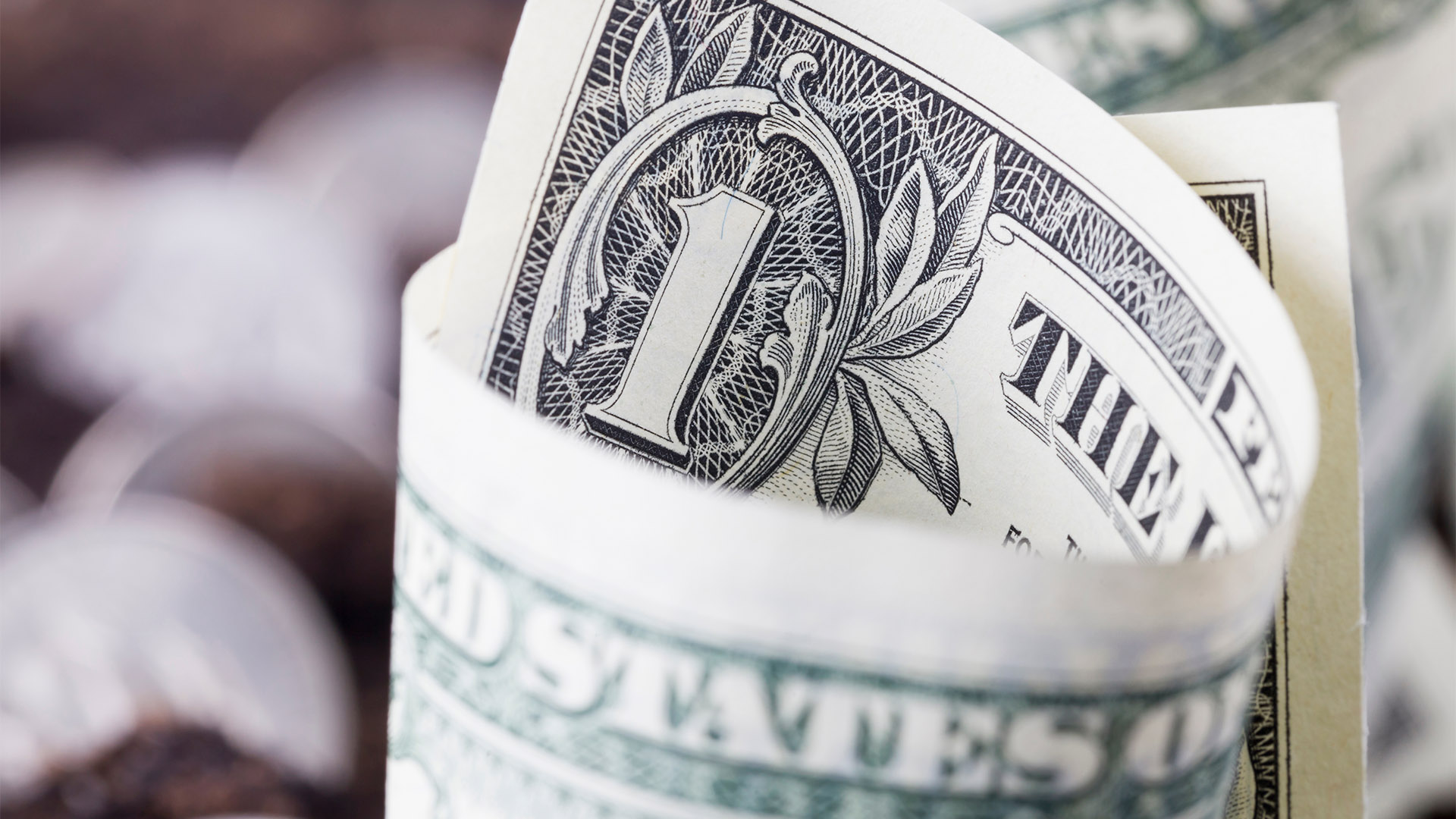The U.S. dollar hit its lowest point of the year on Tuesday as investors anticipated that the Federal Reserve would soon begin lowering interest rates and the market turbulence from August's sell-off subsided.
The dollar has dropped 2.2% against a basket of major currencies this month, returning to levels not seen since January's first trading day. This decline is driven by expectations that the Fed will cut rates next month.
The weaker dollar coincides with a recovery in the S&P 500, which has nearly erased its early August losses following a disappointing U.S. jobs report and recession fears. Since then, calmer market conditions and more resilient economic data have encouraged investors to return to "risky" assets.
"The market is anticipating a soft landing and Fed rate cuts, which are negative for the dollar," said Athanasios Vamvakidis, head of G10 foreign exchange strategy at Bank of America.
All eyes are now on Fed Chair Jay Powell's upcoming speech at the Jackson Hole symposium on Friday, where he is expected to provide insights into the future path of U.S. interest rates.
Markets are currently pricing in three or four quarter-point rate cuts by the Fed before the end of the year, following strong retail sales data that have eased recession concerns. Initially, traders were expecting closer to five cuts this year after the weak jobs report.
Vamvakidis noted that strong consumer spending, coupled with optimism about the Fed's rate cuts, has bolstered risk sentiment but not the dollar, which remains "overvalued."
The dollar's recent decline comes after it gained 4.4% in the first half of the year, as the robustness of the U.S. economy surprised investors who had predicted over six quarter-point cuts in 2024 at the start of the year.
However, Citi's U.S. data change index has shown since late June that U.S. economic growth is slowing faster than that of other advanced economies. Since then, the dollar's weakness has accelerated. Citi reports that its hedge fund clients have consistently been net sellers of the U.S. dollar since August 7, as risk appetite has improved. The bank's U.S. dollar positioning indicator is now at its most bearish level since May 2021.
"We have pencilled in a mild recession for the U.S. — the economy is definitely slowing and aligning with other countries," said Jane Foley, head of foreign exchange at Rabobank.
She added that the euro, the dollar's biggest competitor, has been "remarkably resilient" this year, rising 3.6% against the dollar since early July despite weak German manufacturing and slowing demand from China.
The dollar's decline has also been fuelled by the unwinding of popular "carry trades," where investors borrowed yen to buy higher-yielding dollars. This has caused the Japanese currency to gain over 7% against the dollar in the past month.
Bets against the yen had reached their highest level since 2007 last month, according to the U.S. Commodity Futures Trading Commission, but have sharply reversed in recent weeks, shifting to a long position for the first time since 2001.
"Positioning on the dollar has moved to neutral but is far from extended — now the question for the rest of the year is: do you want to short the dollar?" said Chris Turner, head of research at ING.
State Street, one of the world's largest custodian banks, noted that asset managers have swung between very positive sentiment on the dollar to neutral over the past two years and remain comfortably above neutral despite the recent decline.
"The U.S. dollar view hasn't fully shifted yet, and it may not until we have a clearer understanding of the Fed's easing cycle," said Michael Metcalfe, head of global macro strategy at State Street.














